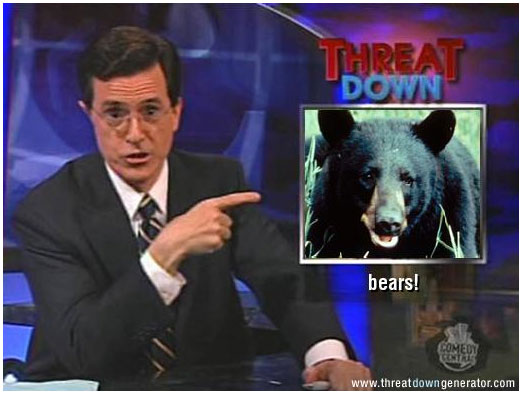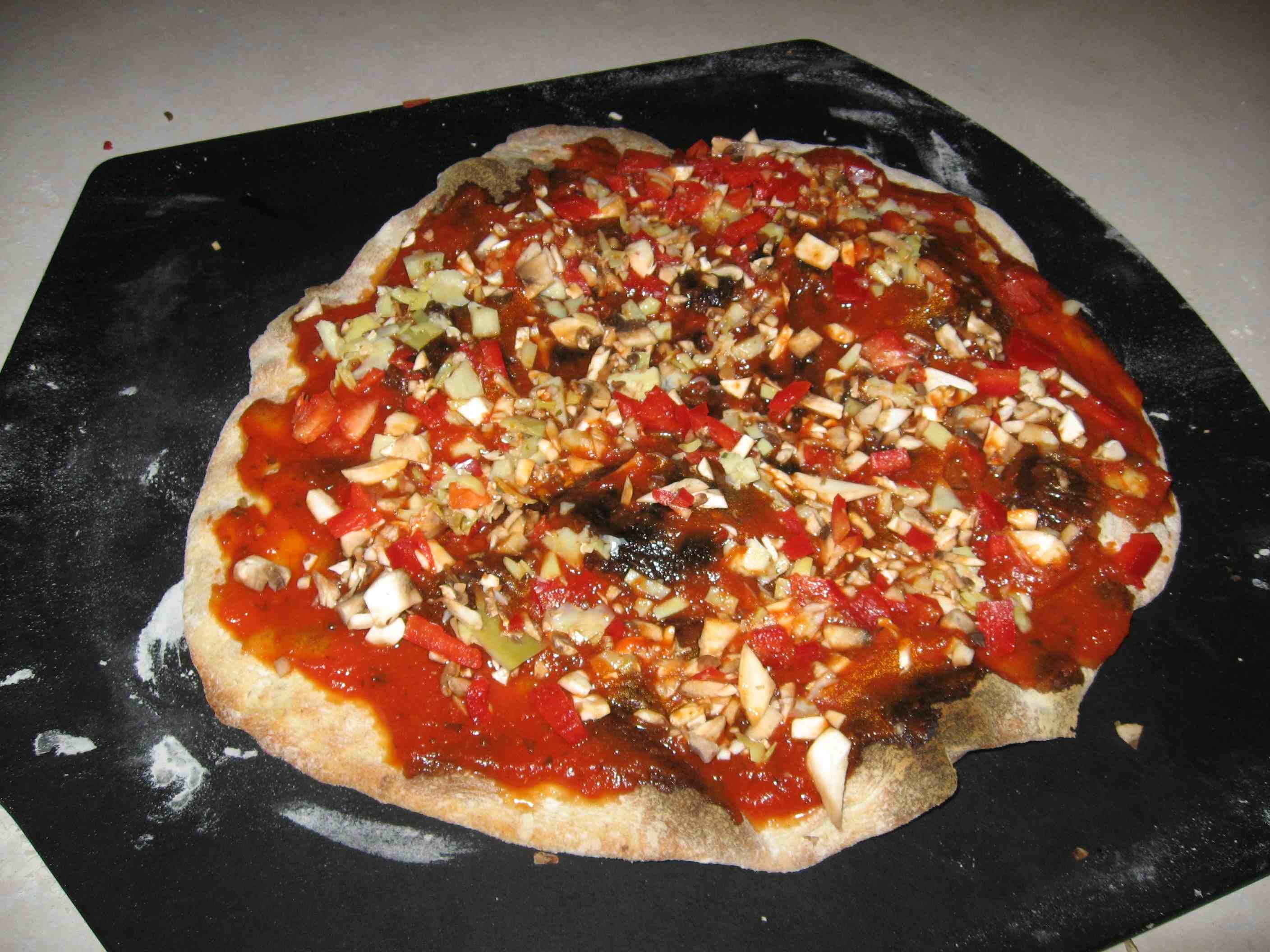Chapman got his obligatory profile as new faculty in one of the North Carolina State University publications this week; this is the bites/barfblog version.
When Ben Chapman arrived at N.C. State University in January as the new food safety specialist in the Department of 4-H Youth Development and Family and Consumer Sciences, he hit the ground running. …
 Since arriving in North Carolina, Chapman has converted from a former Toronto Maple Leafs hockey fan to a Carolina Hurricanes fan.
Since arriving in North Carolina, Chapman has converted from a former Toronto Maple Leafs hockey fan to a Carolina Hurricanes fan.
Carolina has a good hockey team and tickets are easy to get. Toronto sucks and tickets are impossible to get. Carolina has also won the Stanley Cup once in the past 42 years. Toronto has not.
He says that he spends much of his free time discussing the virtues of hockey with his wife and son (that’s Jack, below, left, at a Hurricanes game in about 4 years)..
Those who can, do. Others teach. Others talk. Others bore their families.
A player himself since age 4, he has even started playing hockey here in North Carolina with a group in Wake Forest.
If he’s been playing since 4 he really should be better.
Chapman has focused on finding the best ways to communicate food safety risk to the people who need to know. He is interested in how social media like Facebook and rapid communication technologies like Twitter might improve public safety around the issue of food risk.
It also helps to stay current on all the social media for fantasy baseball/football/hockey/cycling tips.
Chapman had a sense that the bathroom posters proclaiming that “employees must wash hands before returning to work” might not produce the desired results.
It was probably the sense of smell, coming from his hands.
.jpg) Chapman even spent a semester working as a dishwasher in a restaurant to get a better sense of what the work climate was like.
Chapman even spent a semester working as a dishwasher in a restaurant to get a better sense of what the work climate was like.
I didn’t pay him enough as a graduate student and he had to moonlight.
Chapman noted that during busy times, employees tended to forget safe food-handling practices. “When it’s busy in a food-service operation, it gets really crazy,” he said.
That’s when the Pink Floyd is cranked.
In his new position, Chapman continues his quest to find the best ways of reaching food-service workers and consumers.
Go to a restaurant? A supermarket? It’s not like searching for a Holy Grail.
“We have a responsibility to get that information out there,” Chapman said. “The kind of things we’re doing here would have been hard to do in Canada — moving food safety forward.”
That’s what she said.
One way that Chapman has been moving food safety forward is helping agents develop training programs on home food preservation. Once a hallmark of extension programming through tomato clubs for girls, canning and other home food preservation techniques had largely fallen out of favor with consumers in recent years.
Ben Chapman: Defender of the can.
 I’ve made it a point to say in my talks lately, when I talk about food safety, I’m talking about food that doesn’t make people barf. Food safety means lots of things to lots of people, but I’m focused on the microbes that sicken up to 30 per cent of all citizens of all countries every year (that’s what the World Health Organization says).
I’ve made it a point to say in my talks lately, when I talk about food safety, I’m talking about food that doesn’t make people barf. Food safety means lots of things to lots of people, but I’m focused on the microbes that sicken up to 30 per cent of all citizens of all countries every year (that’s what the World Health Organization says).
 Since arriving in North Carolina, Chapman has converted from a former Toronto Maple Leafs hockey fan to a Carolina Hurricanes fan.
Since arriving in North Carolina, Chapman has converted from a former Toronto Maple Leafs hockey fan to a Carolina Hurricanes fan. .jpg) Chapman even spent a semester working as a dishwasher in a restaurant to get a better sense of what the work climate was like.
Chapman even spent a semester working as a dishwasher in a restaurant to get a better sense of what the work climate was like. Between Friday night and dawn on Monday, the Riese Organization intends to convert 13 Dunkin’ Donuts stores into the city’s first Tim Hortons restaurants, including early-morning, high-traffic shops like the one in Pennsylvania Station and another next to the New York Stock Exchange. The switch may surprise regular customers of the shops, said Dennis Riese, chief executive of the Riese Organization.
Between Friday night and dawn on Monday, the Riese Organization intends to convert 13 Dunkin’ Donuts stores into the city’s first Tim Hortons restaurants, including early-morning, high-traffic shops like the one in Pennsylvania Station and another next to the New York Stock Exchange. The switch may surprise regular customers of the shops, said Dennis Riese, chief executive of the Riese Organization. Tim Horton
Tim Horton.jpg) I don’t want to be on video. But if that’s what it takes to get the message out about how to safely grill burgers this holiday weekend, then why not.
I don’t want to be on video. But if that’s what it takes to get the message out about how to safely grill burgers this holiday weekend, then why not..jpg) Me, I was crushed when Pittsburgh beat out Carolina in 4 straight games in the semis.
Me, I was crushed when Pittsburgh beat out Carolina in 4 straight games in the semis..jpg)
.jpg)
 Amy said the asparagus tasted “green” and not in a good way.
Amy said the asparagus tasted “green” and not in a good way.
 There was a so-called authentic Italian pizza place just down the road so we tried it out – awesome.
There was a so-called authentic Italian pizza place just down the road so we tried it out – awesome.
 Puck Daddy asked today, What happens to hats thrown for hat tricks?
Puck Daddy asked today, What happens to hats thrown for hat tricks? Amy spent 6 years doing her PhD at the University of Michigan so figures she’s a Detroit Red Wings fan. Last year, she watched more of the Detroit- Pittsburgh final than I did while we were in Quebec. Detroit just eliminated Chicago in overtime, and I’m still crushed that Carolina lost in 4 games.
Amy spent 6 years doing her PhD at the University of Michigan so figures she’s a Detroit Red Wings fan. Last year, she watched more of the Detroit- Pittsburgh final than I did while we were in Quebec. Detroit just eliminated Chicago in overtime, and I’m still crushed that Carolina lost in 4 games.